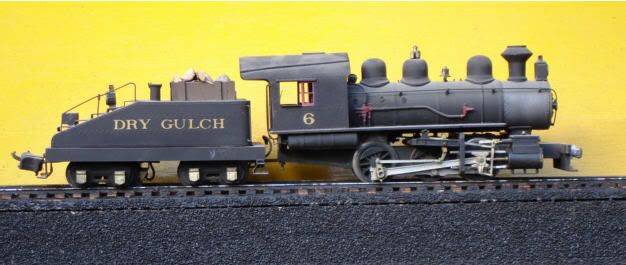There are two Union Pacific steam engines I really want to add to my collection. Problem is, no one has produced them in 3 RS.
Anyone actually built a steam engine from scratch?
For those that have, please give me some details-specifically where you bought motors, running gear, etc.
My plan is to use brass for the boiler and plastic/brass detail parts. ERR or something for electronics (need sound/smoke). Thoughts ?
I know Bob2 has scratch built some nice engines, hope he chimes in here.
This will be a fun project and the end result will be worth the effort.









